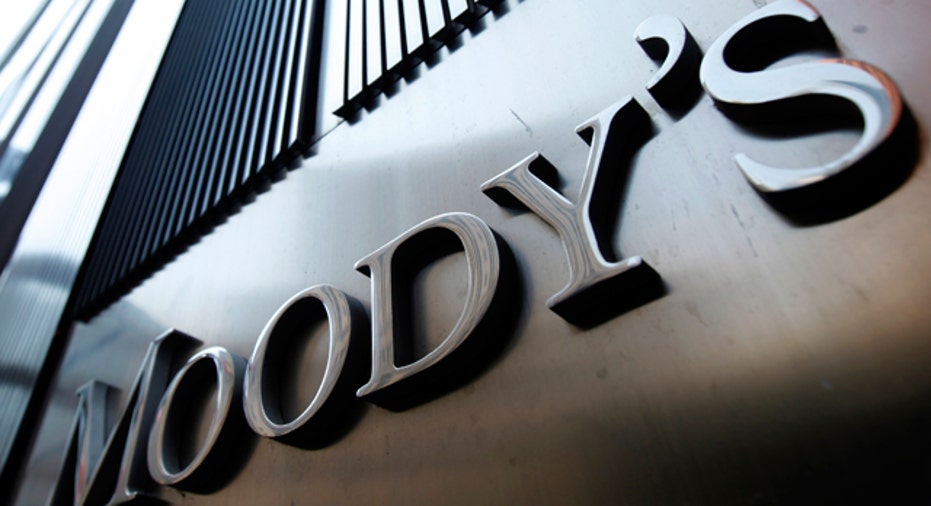Moody's Raises Outlook on U.S. Banking Sector

Ratings firm Moody's said Tuesday it has upgraded its outlook on the U.S. banking system to stable from negative, where it had sat since the darkest days of the 2008 financial crisis.
Moody’s said the slowly improving U.S. economy should reduce operating risks that have confronted the banks since the housing bubble burst five years year ago, nearly toppling the global economy.
Banking stocks, including Bank of America (NYSE: BAC), JPMorgan Chase (NYSE: JPM), Wells Fargo (NYSE: WFC) and Citigroup (NYSE: C) were all higher in morning trading amid a broad stock market rally.
Moody's said it expects U.S. GDP growth to be in the 1.5% to 2.5% range in 2013-14, as unemployment slips downward toward 7%. The unemployment rate stood at 7.5% in April, and May’s labor report is due next week.
Moody’s forecast is for the next 12 to 18 months.
“Sustained GDP growth and improving employment conditions will help banks protect their now-stronger balance sheets," said Sean Jones, a Moody's Associate Managing Director, in a statement. “In addition, after another year of reducing credit-related costs and restoring capital, U.S. banks are now even better positioned to face any future economic downturn,” added Jones.
According to Moody’s, historically low interest rates are “the single most important issue that will drive U.S. banks' performance in the next 12-18 months.”
Moody’s said low rates, set by the Federal Reserve at a range of 0%-0.25% in December 2008, has encouraged private-sector hiring to an extent that it “more than offsets” job losses in the public sector.
In addition, low interest rates also have supported recent improvements in the quality of U.S. banks' assets, as net charge-offs are approaching pre-crisis levels.
Moody’s noted that low interest rates also harm U.S. banks' pre-provision earnings in both the near- and medium-term. Low rates reduce a key source of bank’s profitability - banks' net interest margins, the ratings firm said.
Moreover, low rates encourage looser loan underwriting standards as banks seek out higher return, and consequently higher risk, assets. That could result in greater credit costs, reducing pre-provision earnings, in the future, according to Moody’s.
The most likely scenario that could cause a reversal to a negative outlook on the U.S. banking system would be a “protracted slackening of underwriting standards,” Moody’s said.